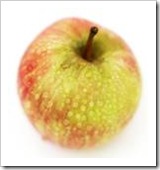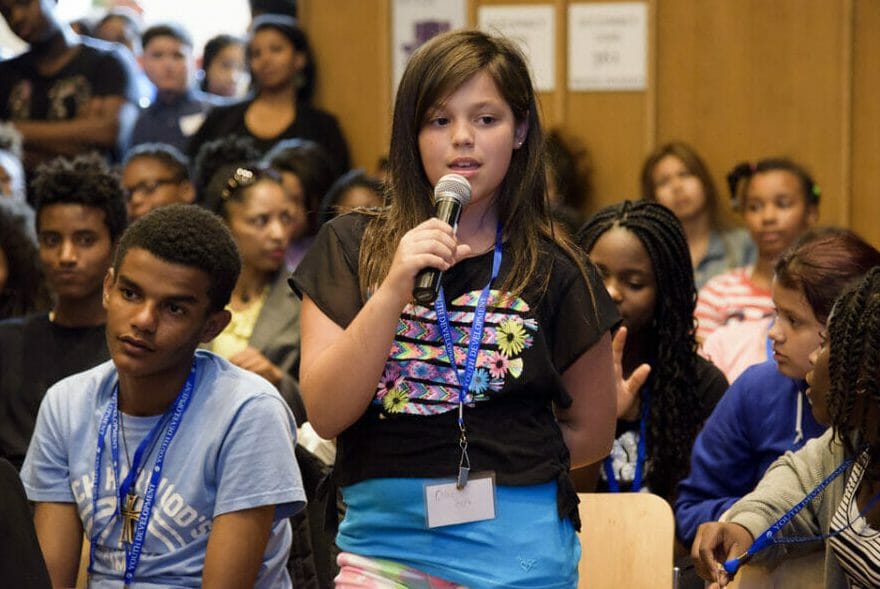Receptive vs. Expressive Language
Many times, we do not know if kids actually know things, because they are too young to tell us. In fact, they know a lot more than they can tell. As parents, we can sometimes ask our kids questions that are simply too advanced for them, conclude they do not know the answer and become disappointed with their lack of knowledge. This does not have to be so.
From the second they are born, kids’ brains make new connections. Every sound, every vision, every new experience adds many of those connections to the brain. The more connections they have, the better. More connections mean more knowledge.
Repetition and variation help the brain learn. Kids see, hear and feel things in many different ways. For example, they see a monkey on TV, they see it at the zoo, they see it in a photo or a drawing and they make the connection that the thing they see is the same thing – they form the concept “monkey”, even though they may not know it is called “monkey” yet.
Kids know things they cannot name and it is important to understand when they know something and cannot tell and when they do not know it.
Sometimes, kids also know the thing’s name, but you must ask the right question to find out.
Receptive vs. Expressive questions
“Receptive language” is when kids know things but cannot express their knowledge. “Expressive language” is when kids can express what they know.
In the development of the brain, the receptive language develops long before the expressive language. The first years of every child are spent absorbing words and phrases from every direction, while only responding with “goo, goo, ga, ga”. Kids can take bananas from the kitchen table if asked long before they can say “banana”, “kitchen” or “table”.
If you have ever learned another language, think how you probably understood what people were talking about long before you could say it yourself.
Here is an example. You show your kids the following 4 pictures:




You then point to the picture of the eggs and ask:
- What is this?
If the kids say “eggs”, they know what eggs are.
If they cannot find a name for the thing in the picture, however, it still does not mean they do not know what eggs are. It only means they cannot find the name for the picture.
The question “What is this?” requires expressive skills and should only be asked at a later stage. First, you should use the receptive equivalent by asking:
- Can you show me the eggs? Which one is a picture of eggs?
Kids can point out eggs from a small number of options, then from a larger number of options, well before they can say “eggs” when asked to identify them.
This is why multiple choice exams are much easier than writing exams. Choosing 1 of 4 options is easier than finding the answer yourself, let alone rephrasing hours of class listening and reading.
When teaching young kids, it is important not to frustrate them and check their receptive language first.
If their receptive tags are not fully linked with concepts, go down to 3, or even 2 options and ask “Where are the eggs?”
Make sure you change the order of the cards from time to time so kids do not link the term “eggs” with “the picture on the left”. Also, use different pictures of eggs, drawings of eggs and even real eggs to build up the concept.
If kids cannot find the card with the eggs, point to each card in turn and ask in a flat tone “Are these eggs?” Wait for a verbal “yes” or “no”, or even a head gesture, then move on to the second card and ask “Are these eggs?” Keep using the same tone of voice or the kids will pick the answer from your tone.
Very important: always give the correct answer. When testing kids, if they do not know the correct answer, tell them what it is. It is even good to repeat a correct answer in an approving tone. Never miss an opportunity to make one more connection in the brain.
Happy teaching,
Ronit











